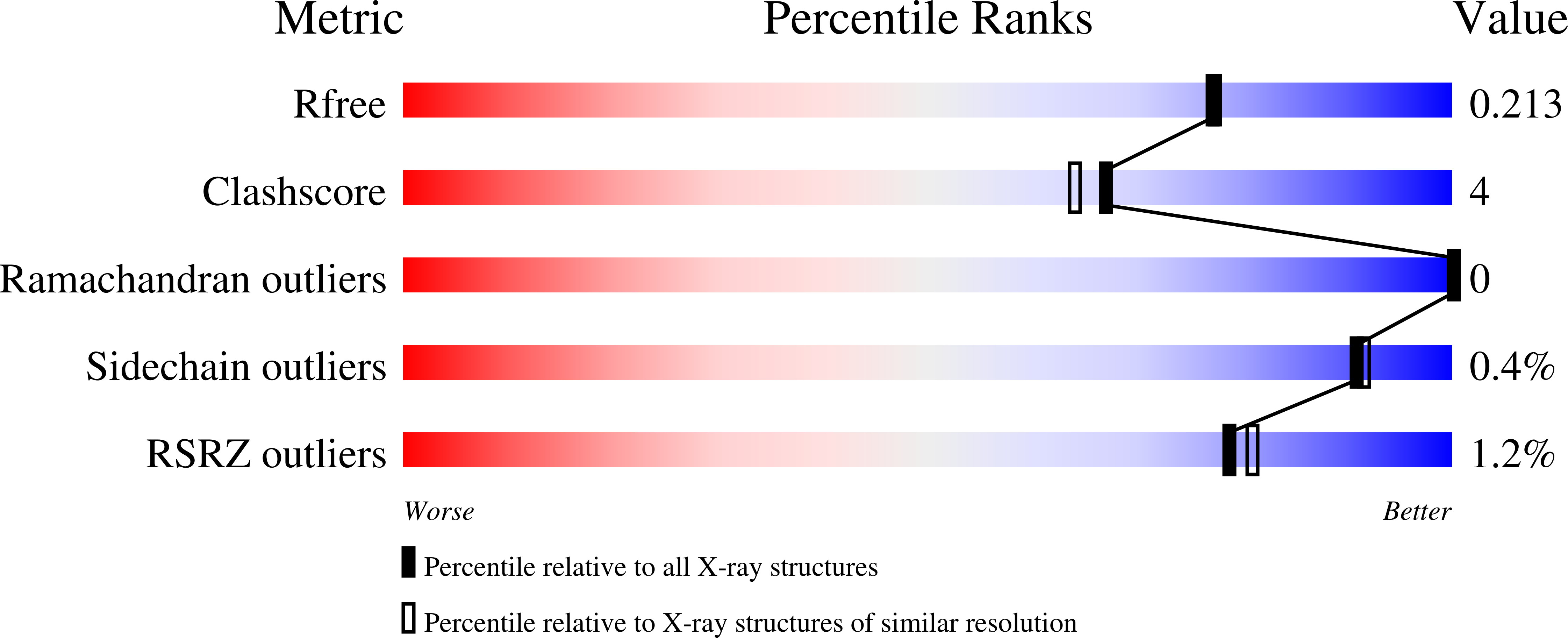
Deposition Date
2023-08-10
Release Date
2023-11-22
Last Version Date
2024-11-13
Entry Detail
PDB ID:
8TRS
Keywords:
Title:
Structure of the EphA2 CRD bound to FabS1CE_C1, trigonal form
Biological Source:
Source Organism:
Homo sapiens (Taxon ID: 9606)
Host Organism:
Method Details:
Experimental Method:
Resolution:
1.90 Å
R-Value Free:
0.21
R-Value Work:
0.18
R-Value Observed:
0.18
Space Group:
P 32 2 1


